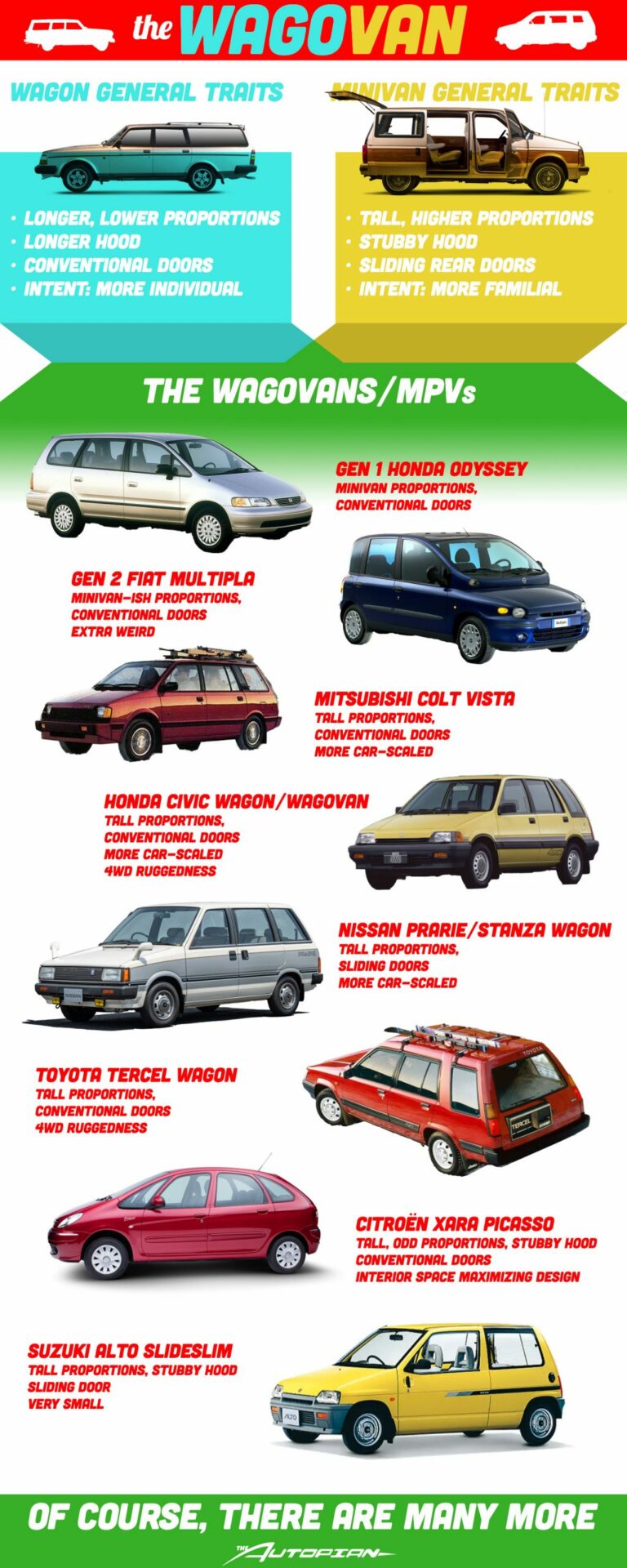The automotive world is plagued by a taxonomic problem: the unclear distinction between minivans and vehicles that are neither minivans nor traditional wagons. This ambiguous category lacks a clear name, causing confusion among car enthusiasts and manufacturers alike.
At the heart of the issue is the similarity between station wagons and minivans. Both are primarily passenger vehicles designed to seat multiple people, often with two or three rows of seating, and are meant to carry substantial amounts of cargo. They share a two-box layout and have been used as family cars for decades. However, subtle differences exist between them.
A wagon typically has a lower profile and ‘longer’ proportions, even if the overall length isn’t greater. Minivans, on the other hand, are generally taller and have a stubbier hood. The character of these vehicles also differs, with minivans feeling more domestic and family-oriented, while wagons retain a certain enthusiast appeal.
Historically, wagons were firmly associated with family use until the re-emergence of minivans in the 1980s. The rise of minivans freed wagons from their domestic stigma, allowing them to be seen as more sporting and adventurous. However, this distinction isn’t always clear-cut, and the lines between the categories have blurred over time.
The Mazda MPV (Multi-Purpose Vehicle) is an example of a vehicle that falls into this gray area. Proportionally, it feels like a minivan but has conventional doors and a scale closer to a wagon. The Honda Civic Wagovan is another example, embodying the characteristics of both categories with its minivan proportions, normal hinged doors, and focus on interior space.
The term ‘Wagovan’ has been proposed as a name for this in-between category, capturing the essence of vehicles that blend the features of wagons and minivans. Other examples of Wagovans include the Ford C-Max and the Mercedes R-Class, which share characteristics of both wagons and minivans but don’t fit neatly into either category.

Defining the Wagovan category is not straightforward, and creating hard-and-fast rules is challenging. For now, it seems we’re left with the approach suggested by Supreme Court Justice Potter Stewart: ‘we know it when we see it.’ The task of precisely defining this category remains open to debate and discussion among automotive enthusiasts.



